By Liz Renner
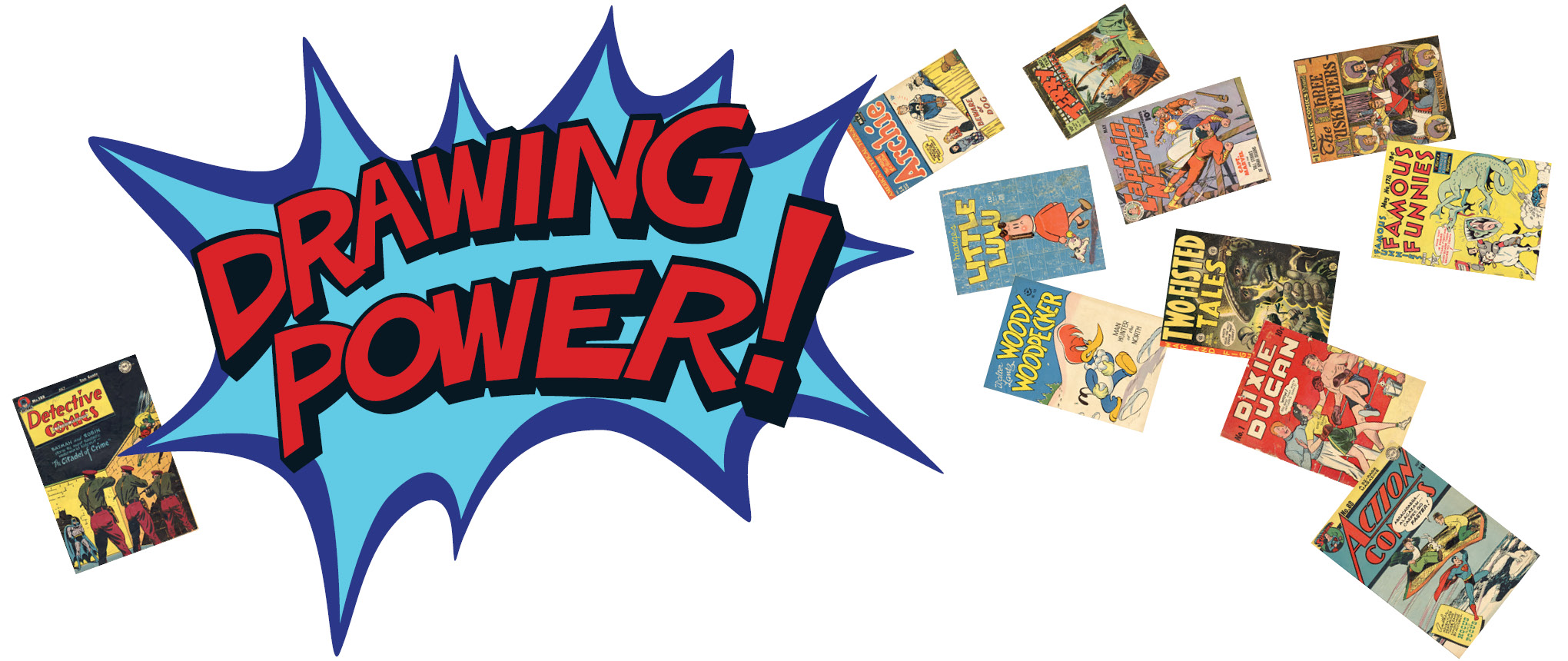
A new program at SF State helps students see the unique creative possibilities in comics and in themselves
Once upon a time, Superman and his do-gooding imitators weren’t thought of as truly super. These bold men (and women) in tights and the “funny books” that birthed them were dismissed as disposable silliness even as they grew up with the kids that read them, morphing into new and often challenging forms.
Until today, that is. Not only do superheroes dominate pop culture, comics are getting new attention as an artform worthy of respect — and, if you go to SF State, study.
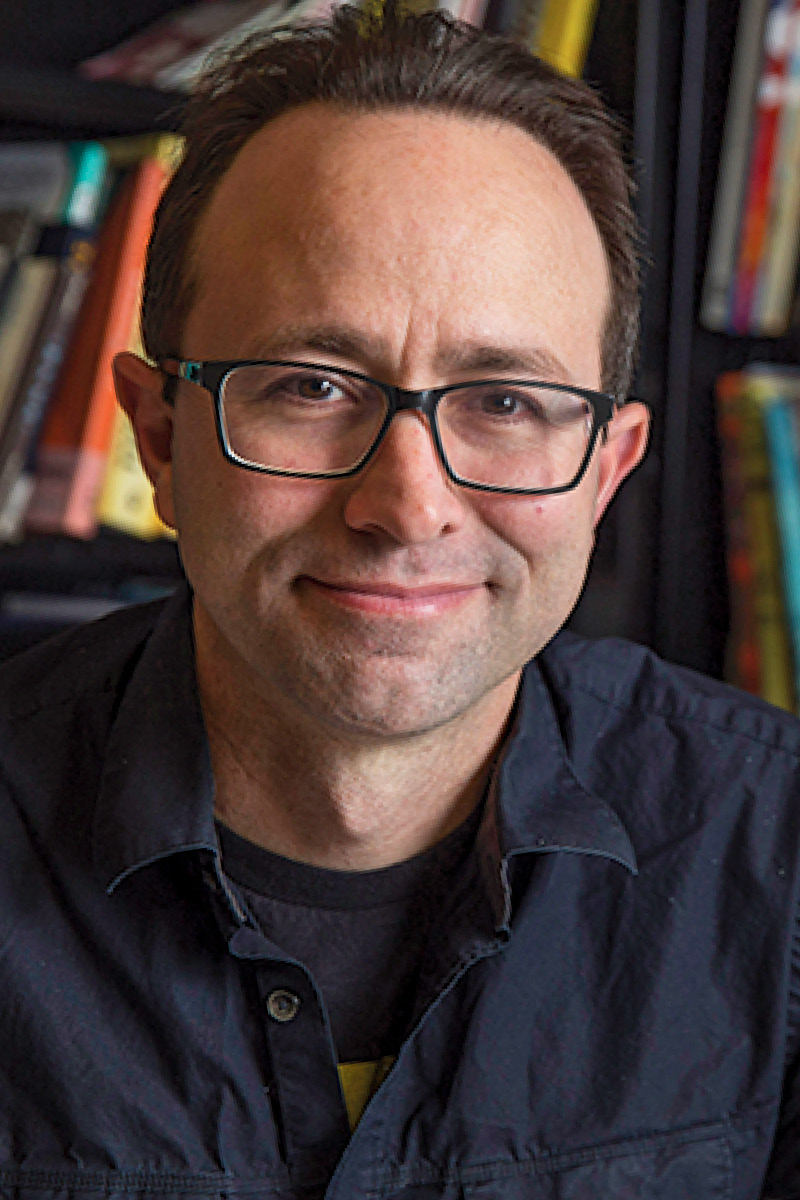
Last year, the University introduced a minor in comics studies through the School of Humanities and Liberal Arts. The program is led by Assistant Professor Nick Sousanis, who isn’t just an expert on comics. He’s a highly regarded creator of them, having won the field’s highest honor, the Eisner Award, for a graphic novel-style biography of a Columbia University librarian that appeared in that school’s alumni magazine.
Launching comics studies at SF State was easier than Sousanis anticipated, he says. Cristina Ruotolo, chair of the School of Humanities and Liberal Studies, immediately grasped how his vision for the program — which would both explore the history of comics and teach students how to create their own — fit the University’s hands-on approach to learning.
“The emphasis is on how you can be part of making comics whoever you are and discovering the use and utility of comics across fields,” Sousanis says.
The program hasn’t just attracted students with an interest in a hot artform. It also caught the eye of an alumna wondering what to do with a treasure trove of classic comics.
Throughout his life, Thomas Bentley Rue compiled a collection that reflected his interests in the military, adventure and travel. Before his death, Rue requested that the comics be donated to an educational institution. When his wife Virginia (Education Credential, ’76) read about the new comics studies program at her alma mater, she reached out in hopes that her husband’s collection could find a new home. Now the Thomas Bentley Rue Platinum & Golden Age Comic Book & Adventure Strips Archive, which includes nearly 1,000 comic books from the late ’30s through the early ’50s, is housed in Special Collections & Archives on the fourth floor of the J. Paul Leonard Library. Anyone interested can peruse the collection — including its copy of the first issue of Superman. (Send an email to eliassen@sfsu.edu to make an appointment.)
“It’s a varied collection with many potential applications for study,” says Joe Field (B.A., ’78), owner of Concord’s Flying Colors Comics, who appraised the collection. “Rue had great taste in comics, and the collection is going to bring a lot of color to the university.”
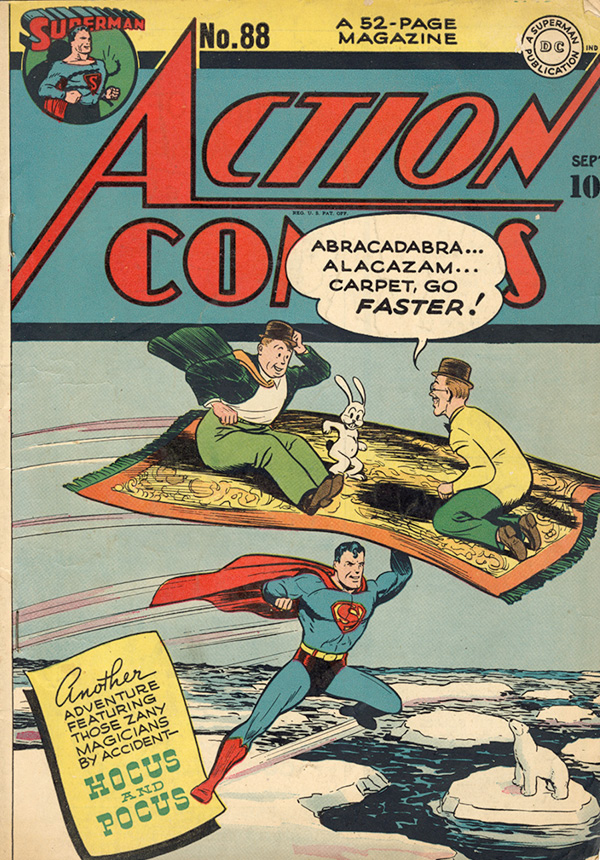
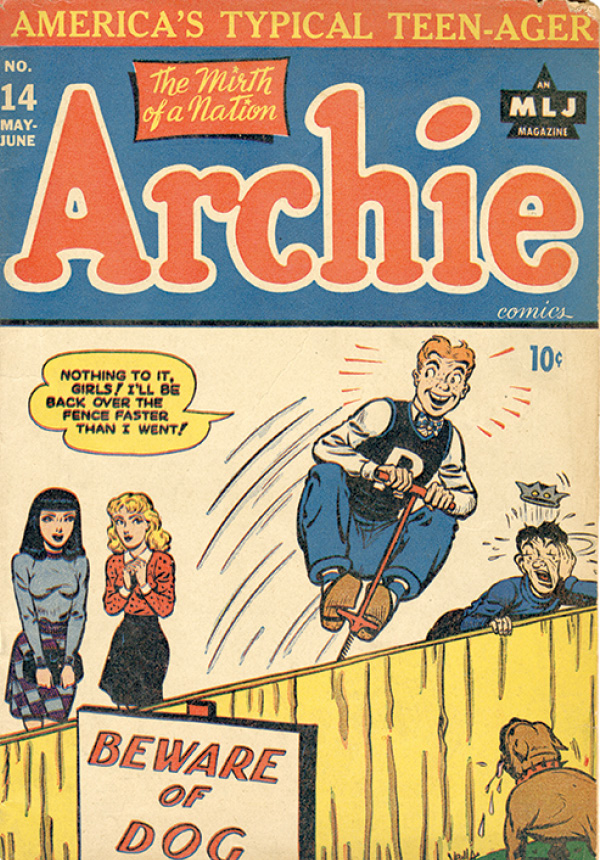
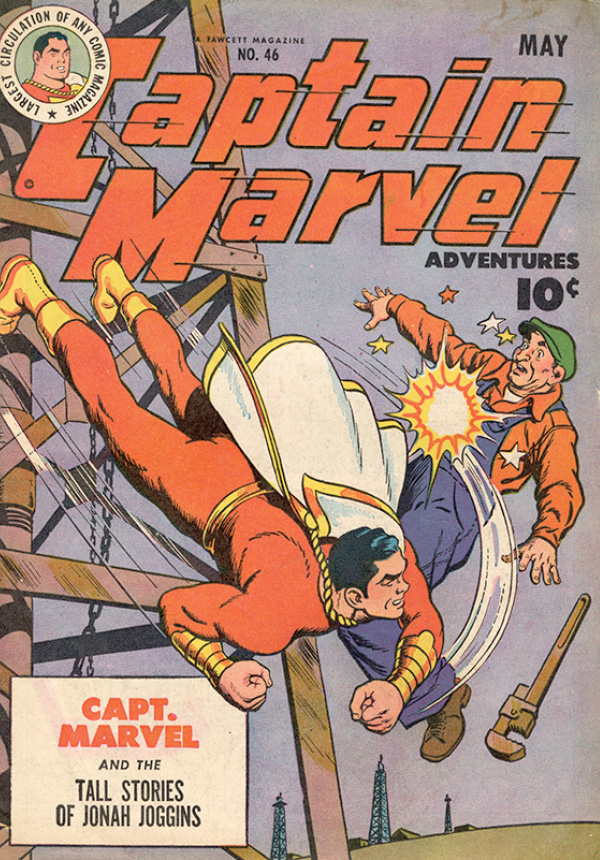
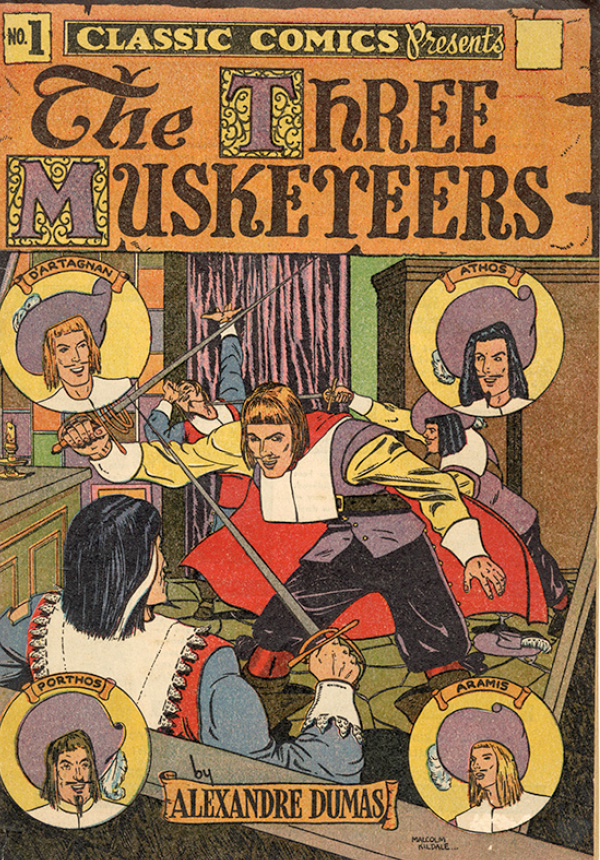
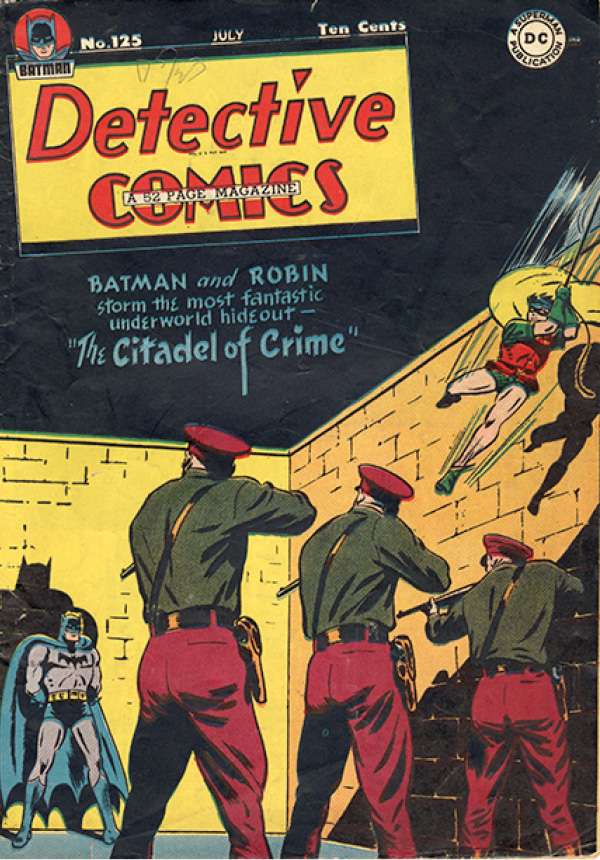
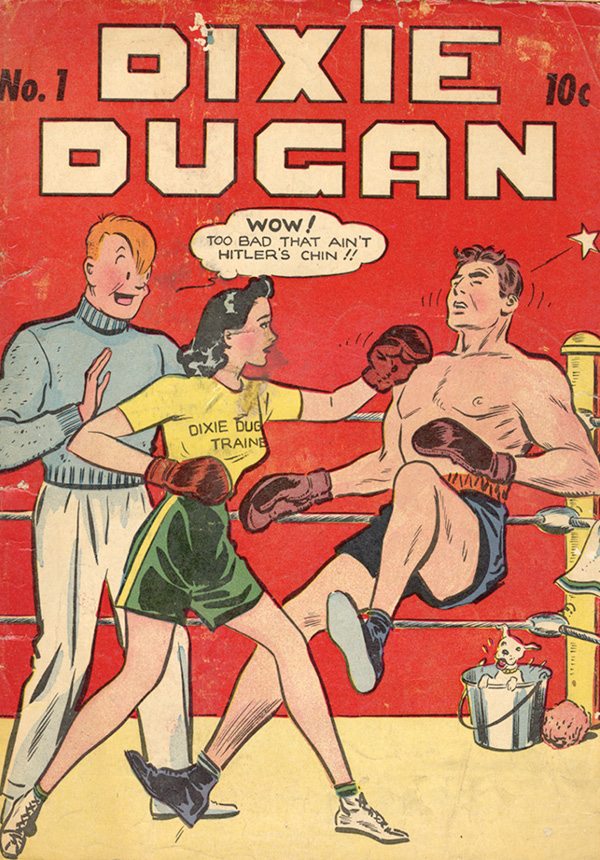
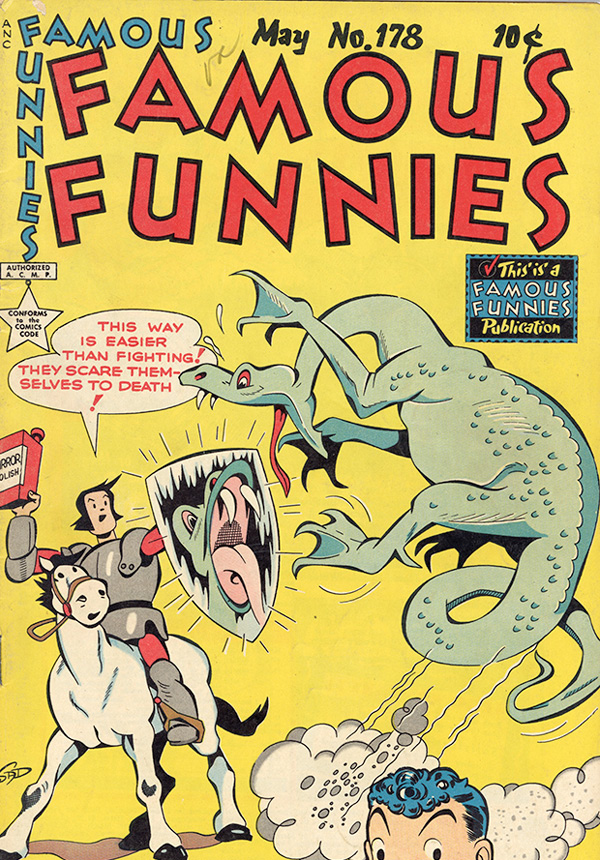
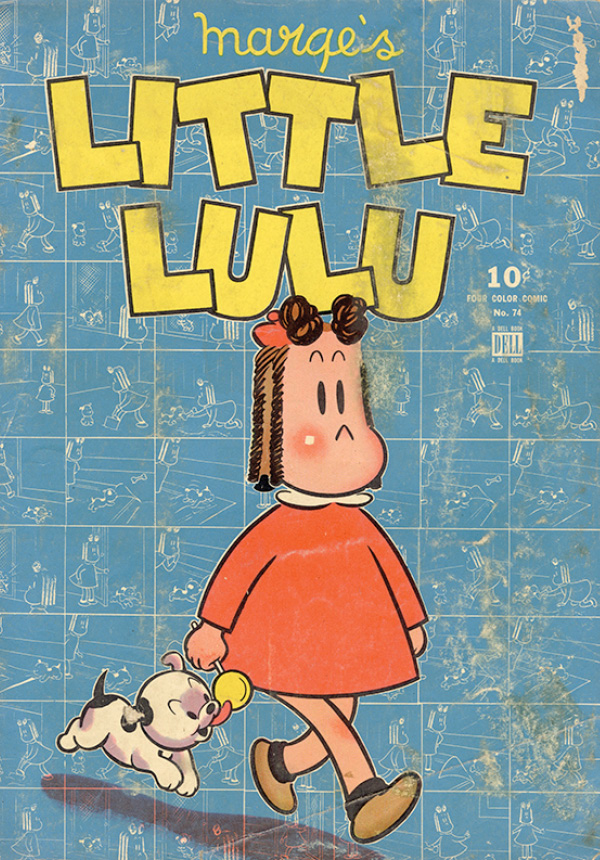
It also brings another new way to connect with students who grew up interacting with words and pictures in a more dynamic way thanks to social media and online memes.
“Comics are the perfect bridge between text and visuals,” Field points out. “It’s important to have a program like this because kids growing up now are more likely to be visual learners than previous generations.”
Sousanis says his goal is to show those visual learners that they can become visual creators, opening new avenues of self-expression to people who wouldn’t necessarily think of themselves as “cartoonists.” “It’s about getting people to understand how they can use visuals, drawing and comics to [express] their thinking,” he says.
One such convert to comics is Brixby Larzelier, an SF State student working toward her master’s in geography. Larzelier wasn’t a comic reader until a professor of health geography assigned a memoir in graphic novel form, David Small’s Stitches. “We talked about the spatial aspects of comics and comic-making, and that’s what got me interested in comics and health geography,” says Larzelier.
She then read Unflattening, an award-winning doctoral dissertation in comics form … written by none other than Nick Sousanis when he was working toward his Ed.D. at Teachers College, Columbia University. Now Larzelier is following in his footsteps by doing a portion of her own master’s thesis as a comic book.
Sousanis says that’s what the comics studies program is all about: showing students what they can discover when they begin looking at the interaction of words and pictures in a new way.
“Some will go into jobs in the comics industry. Some will make use of visual notetaking as a new skill,” he says. “And for many, comics will become a new outlet to help make sense of their lives.”